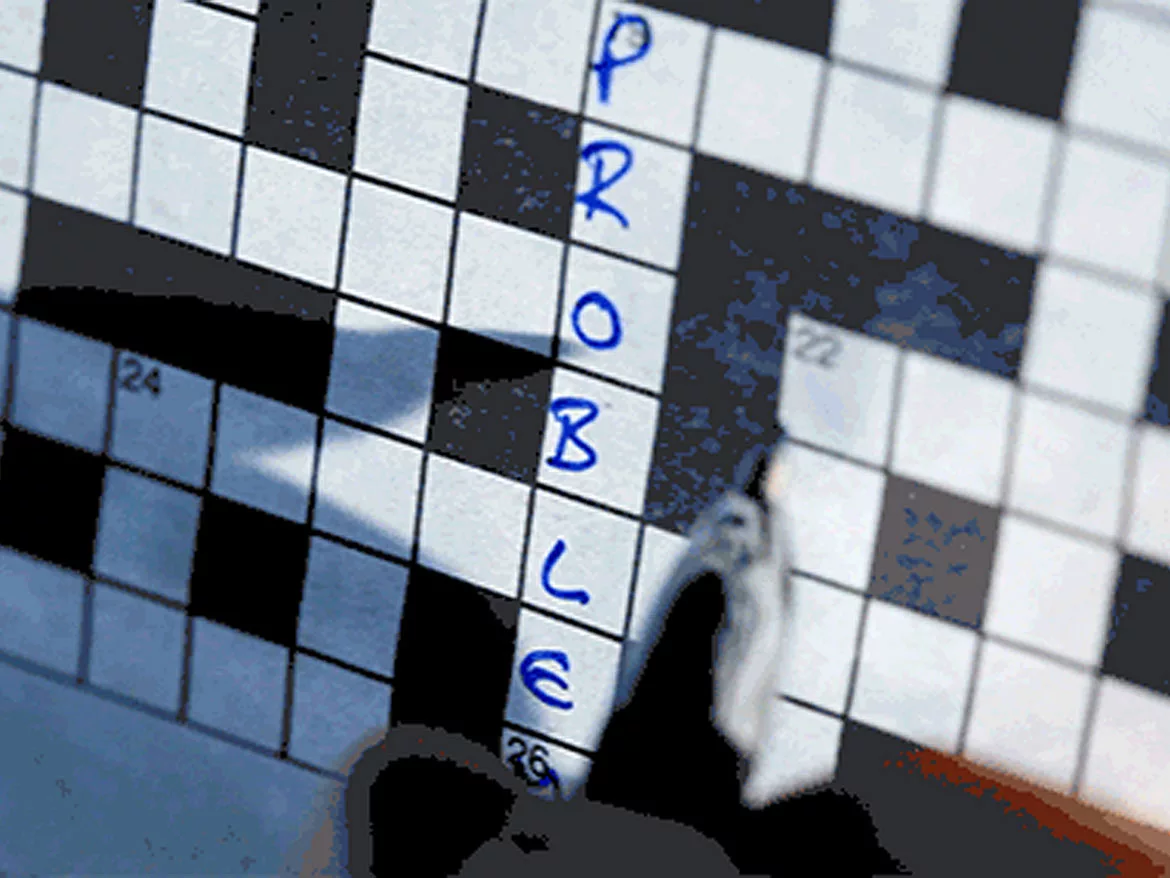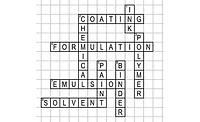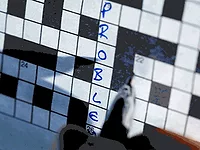Lindsay’s Honeycomb Pattern Problem

Laurence Dutton / Vetta, via Getty Images
Lindsay Doyle pulled off her safety glasses, rubbed her eyes with her middle finger and thumb, blinked twice, and put her glasses back on. Maybe what she was seeing was due to the new safety glasses she had put on that morning. Just maybe, the special anti-scratch coating was causing the pattern she saw on the surface of the metal panel. She looked again and saw the same faint appearance of a checkerboard pattern on the coating. As she squinted her eyes and moved the panel closer to her face, the pattern looked more like a honeycomb, with tiny hexagonal shapes. Unfortunately, with the new safety glasses, Lindsay now realized that she only saw the pattern when she was looking at the coating.
Lindsay set the gloss meter on the center of the panel to check her earlier readings. Every time she measured the gloss, no matter where she placed the gloss meter on the panel, the gray primer didn’t meet the customer’s required gloss specification.
Lindsay looked at the package of metal panels that she had been using. Was the unusual pattern “telegraphing” from the surface of the metal to the surface of the coating? She had heard of a coating defect caused when testing coatings with dirty or oily metal. The contamination on the substrate causes an area of low surface tension that transfers to the surface of the coating. She inspected the panels for any pattern visible on their surface. She also inspected for contamination but found none. She had a habit of wiping down the metal panel with acetone to remove any contamination before applying the coating. But the panel she was now checking hadn’t been prepared by her.
She looked up from her lab stool at Saul Vance standing beside her. She asked, her voice cracking, “Did you use the same substrate that I had used earlier? Did you wipe down the panels with acetone before you applied the coating?”
Saul answered “Yes,” to both questions.
Lindsay’s forehead sunk inches from the top of the bench-top. Her head seemed to coalesce into her body as she asked Saul, “What have you done to my coating formulation?”
Two weeks earlier, when Lindsay had gotten the request to formulate a gray primer, she had decided to only slightly modify her workhorse alkyd-amino resin formulation that already gave most of the properties needed by the customer. The formulation had to generate those properties after a customer specified low bake cure in a sheet-fed coating operation. The major modification she had done to the formulation was to add color. She had used a combination of titanium dioxide and carbon black pigment to get the gray color.
To test the properties of the coating, Lindsay had made draw-downs on metal panels to the specified film thickness. She then placed the panels in the oven after a short flash-off time. After curing, Lindsay checked properties, including gloss, and documented in her lab notebook that the coating had met the customer’s specifications.
But before she sent the formulation off to the customer Lindsay had asked Saul Vance to check the formulation. Saul was one of the more experienced application coating chemists at Big Time Paint and worked in the customer application lab across the hall from Lindsay’s lab. He had trained Lindsay on many of the techniques she used to evaluate coating formulations. She had given Saul her formulation a few hours earlier, along with the customer’s written specifications.
Saul recognized immediately that he needed to reduce viscosity before the coating could be applied in the customer’s operation. He added a small amount of a slow-evaporating solvent to the formulation. He realized that this would increase the VOC of the coating formulation. A quick calculation showed that the addition still did not put it over the customer’s VOC specification. He added a small amount of a high-molecular-weight ketone solvent. Since the ketone was an active solvent for the formulation, he added only a few percent to reduce the viscosity. The small addition was enough to provide good flow out on the metal sheets.
In the lab, Saul applied the solvent-reduced coating to a metal panel and placed it in the oven to cure. After the cure, he handed the panel to Lindsay and said, “It is a good thing you didn’t send this formulation to the customer. Look at the surface of the coating after curing in the oven. I don’t think you are going to meet the customer’s gloss requirement with this formulation.”
Now Lindsay was asking Saul again, “What did you do to my formulation? When I cured the coating in the oven and checked the properties, the gloss was in specification and there was no pattern. Now, after you check the formulation, it has an unusual hexagonal pattern on the surface that is reducing the gloss. I can see the pattern even more clearly under the lab microscope. It appears to be tiny hexagonal cells on the surface.”
Saul replied, “I had to adjust down the viscosity of the formulation by adding a small amount of ketone solvent. To get the film thickness to the customer’s specification I had to apply a thicker wet film using a different drawdown rod.”
Then Saul said to Lindsay,” I know what is going on. I have seen this pattern before.” He paused for a second in thought and then asked Lindsay, “How did you get this gray color? Did you happen to use TiO2 and carbon black?”
“Yes, how did you know that?”
Saul continued by asking, “How soon after you made the drawdown on the panel did you place the metal panel in the oven?”
“I don’t remember exactly…maybe a couple of minutes…no more than two. Why do you ask?”
“Remember, Lindsay, that this is a sheetfed operation, and the coating will be cured right after it is applied. To best mimic that in the lab, I placed the panel I drew down in the oven as quickly as possible without any flash-off time.” Saul replied.
Saul continued, “So if we both used the same substrate, the same oven set at the same temperature, and the same type of draw-down bars, then the only real difference between my procedure and yours is the addition of solvent and no flash-off time. My formulation modification had more solvent, lower viscosity and thicker applied wet film.”
Lindsay asked Saul, “Could you have contaminated the solvent? Could there be something in the solvent that is causing the pattern to form?”
“I don’t think so, Lindsay. I ordered the sample of solvent only this week from the supplier, and I was the first to use the material.” Saul then looked at the honeycomb pattern on the panel, then at Lindsay, smiled, and said, “Lindsay, no need to worry. I know what the problem is and I am going to help you solve it.”
What caused the hexagonal pattern to form on the surface of the modified formulation with more solvent? How was Saul going to solve the problem?
If you think you know the answer, e-mail keithmmoody@aol.com. Keith will reveal the answer in our September issue!
Looking for a reprint of this article?
From high-res PDFs to custom plaques, order your copy today!







